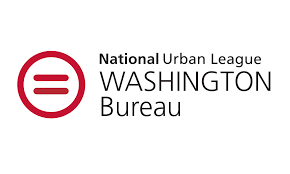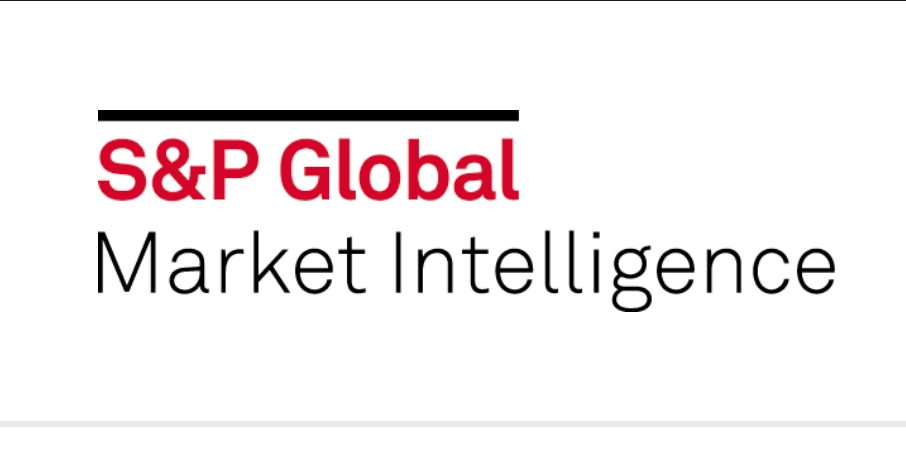The memes circulated around Facebook and Twitter, promising voters a more streamlined option to participate in the 2016 U.S. presidential election.
“Avoid the line – vote from home. Text ‘Hillary’ to 59925,” read one post, seemingly aimed at Black and Latino voters. It bore all the hallmarks of an official Clinton campaign ad.
The text-your-vote campaign was, of course, a hoax. It was a digital upgrade to a decades-long, if not, centuries-old effort to disenfranchise minority voters via disinformation – the intentional dissemination of false or misleading information – about how, when, and where to vote. In 2016, these hoaxes were aided and abetted by Russian internet trolls whose systematic attempts to suppress the Black vote were motivated by geopolitical rather than political objectives.
As disruptive as these ploys were, their impact was likely minimal. Apart from the unexpected outcome and unprecedented foreign interference, the administration of the 2016 presidential election was fairly routine. In the final analysis, relatively few voters had reason to actively seek out and, therefore, come in contact with falsified voting information. And those who did were unlikely to be persuaded to change their long-established voting habits.
However, the 2020 presidential election promises to be anything but routine.
The coronavirus has already upended primaries across the country; and while it remains uncertain the extent to which the pandemic will affect how Americans cast their ballots in November, what is certain is that public health concerns will disrupt the status quo, perhaps dramatically so. From a public information perspective, this is highly problematic. One of the time-tested truisms of disinformation is that it thrives in times of uncertainty when there is both a large demand for information and a short supply of available facts. Thus, any change to standard voting procedures, however reasonable, necessary, or life-saving, will create a potentially nightmarish scenario where the increased demand for up-to-date information is met with a manipulated supply meant to misinform parts of the electorate.
In a best-case scenario, the pandemic settles down over the next few months, and the country holds a relatively standard November election. There is a dramatic increase in voting by mail, which allows voters to more easily cast ballots in a way that can maintain social distancing. Voters who prefer to vote in person, or are not able to mail in a ballot, have a reasonable number of early voting and election-day options to ensure fair, safe, and secure elections. And any election changes made in response to COVID-19 are shared with the public by trusted sources well in advance of the election to help prevent voters from relying on inaccurate information.
In one worst-case scenario, the general election unfolds much like Wisconsin’s April 7 primary. There, state leaders refused to act early to find a solution and, instead, held in-person voting in the middle of the coronavirus outbreak without adequate safeguards. Public health authorities recommended against in-person voting; yet, there was no statewide absentee mail-ballot effort, there were not enough poll workers, and there were dueling court cases sowing confusion about absentee voting, which contributed to thousands of missing or nullified ballots. In Milwaukee, where roughly 4 in 10 residents are Black, officials closed all but five of the city’s 180 polling places, forcing thousands of voters to congregate at a handful of voting sites. These circumstances undoubtedly forced many voters to make a needlessly impossible choice: risk their health—and possibly their lives—to cast their ballot or stay at home and forfeit their vote.
In another worst-case scenario, the general election plays out similarly to Georgia’s June 9 primary. After twice postponing its primary due to the coronavirus, Georgia, unlike Wisconsin, substantially modified its election processes to account for the virus. Georgia took the unprecedented step of mailing out absentee ballot applications to 6.9 million active registered voters. However, issues with the absentee voting process, polling place shortages, inadequate poll worker training, and the state’s new voting system contributed to a chaotic Election Day. Voters in parts of metro Atlanta – especially in predominantly Black communities – waited in lines upwards of four hours as election officials conducted an election with fewer voting machines, fewer polling places, and fewer experienced poll workers.
If there is reason for optimism, it is perhaps that the failings noted not just in Georgia and Wisconsin, but in primaries across the country, can be fixed before November. But even if, through some combination of good fortune and preparation, we were to avoid a worst-case scenario come November, the coronavirus has already crippled a critical component of any fair election: voter registration.
The months-long closings and stay-at-home orders intended to restrict social mixing and slow the spread of COVID-19 have made it more difficult to register new voters. Ordinarily, as the general election period takes off, there are large voter-registration efforts, much of it in-person. Additionally, in states that don’t allow online voter registration, such as Texas and New Hampshire, voters are generally required to register in-person. With many government offices currently closed or open for limited hours, there is concern that many people won’t be able to vote in November simply because they’re not going to be registered in time.
Limited voter registration will affect millions of Americans, but none more so than young people, naturalized immigrants, and communities of color. The challenges of registering these historically underrepresented and disenfranchised communities during a pandemic may be further compounded by bad actors—foreign and domestic—working to suppress the vote by spreading registration-related disinformation meant to keep eligible citizens away from the polls in November. A malicious actor could promise voters a more streamlined way to register to vote that doesn’t exist, such as registering by text or tweet. Or alternatively, a bad actor could falsely claim that a voter registration deadline has been extended due to the pandemic.
Finally, there is also the threat of post-election disinformation. In alarming previews, we have seen American elected officials, as well as foreign adversaries, question the security of mail-in voting, seeding the ground for future disinformation campaigns.
Fast forward to the evening of November 3, 2020. There is a distinct possibility that only partial results will be released on election night, and the urban centers of some large metropolitan areas will be slower to count their ballots. In an information vacuum, it is not hard to imagine one presidential candidate declaring victory while claiming voter fraud is endemic in absentee ballots. If the other candidate is declared the winner after the popular vote count, you would have two competing claims to victory and two competing slates of electors sent to the Electoral College. False claims of widespread voter fraud would assuredly reach a fever pitch.
Taken together, the disinformation threats before, during, and after the election are so dizzying in scale and scope that they may seem insurmountable. While it is true that disinformation thrives in the absence of trusted information, there are concrete steps we can take to build community resilience against this pending threat.
First, there is no need to try to stamp out each and every disinformation fire—numerous studies have shown it to be counterproductive. Instead, we must flood the information sphere with enough consistent, credible messaging that voters are effectively immunized from falsehoods. Arming voters with accurate information and investing in media and digital literacy will protect them against existing and future disinformation threats. Activists and community leaders should, therefore, focus less on debunking falsehoods, an inherently slow and reactionary process, and more on “prebunking,” a proactive and preemptive process by which people are inoculated against disinformation before ever being exposed to it.
Of course, in the 2020 election context, “prebunking” will be most effective if local, state, and federal officials responsibly plan for coronavirus contingencies well in advance of the election. The best laid strategies of elected officials will also require the input of trusted local leaders. These leaders best understand their communities’ specific characteristics and vulnerabilities and can ensure that accurate information reaches their slice of the voting public. From places of worship and education to businesses and social organizations, many of the real-world institutions communities rely on for trusted information have shuttered. During our new normal, particularly in Black communities where voter suppression runs rampant, it is especially important for activists to follow in the words of Hip Hop Caucus President Reverend Lennox Yearwood and “engage people where they are.” Right now, that means over the telephone, on social media, and in other online communities.
For many, digital activism is second nature. But for those who traditionally rely on in-person mobilization efforts, it is imperative that they rapidly adapt their outreach to the demands of the virtual world. While this does not require technical sophistication, it does require regular engagement. Like traditional door-knocking efforts, online outreach is a numbers game; local leaders should, therefore, treat their social media feeds as they would a neighborhood canvass—the more they post, the more chances they have of reaching and safeguarding voters.
For many Americans, COVID-19 has created new and unprecedented challenges to voting. It remains an ugly stain on our nation’s history that, for many African Americans, facing obstacles and challenges to their right to vote is nothing new. As we look ahead to one of the most consequential presidential elections in our nation’s history, we must prepare to protect every vote despite the pandemic. Given the well-documented pattern of voter disenfranchisement in Black communities, it is clear that a race-neutral approach will neither repair previous damage nor protect these vulnerable votes now. During these uncertain times, elected officials and leaders must commit to stop the spread of disinformation and ensure that all eligible Americans are free to safely carry out this sacred and consequential right.




